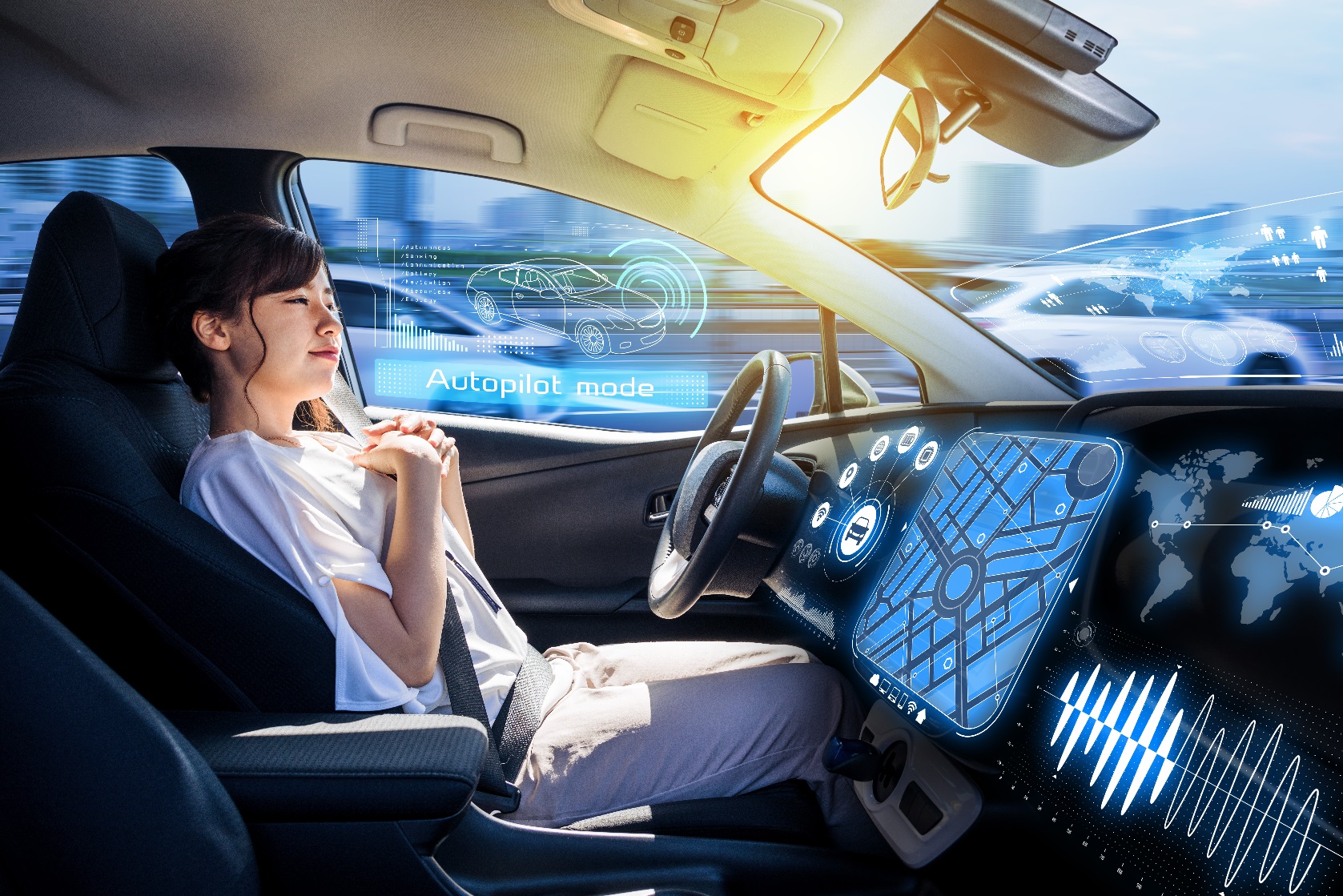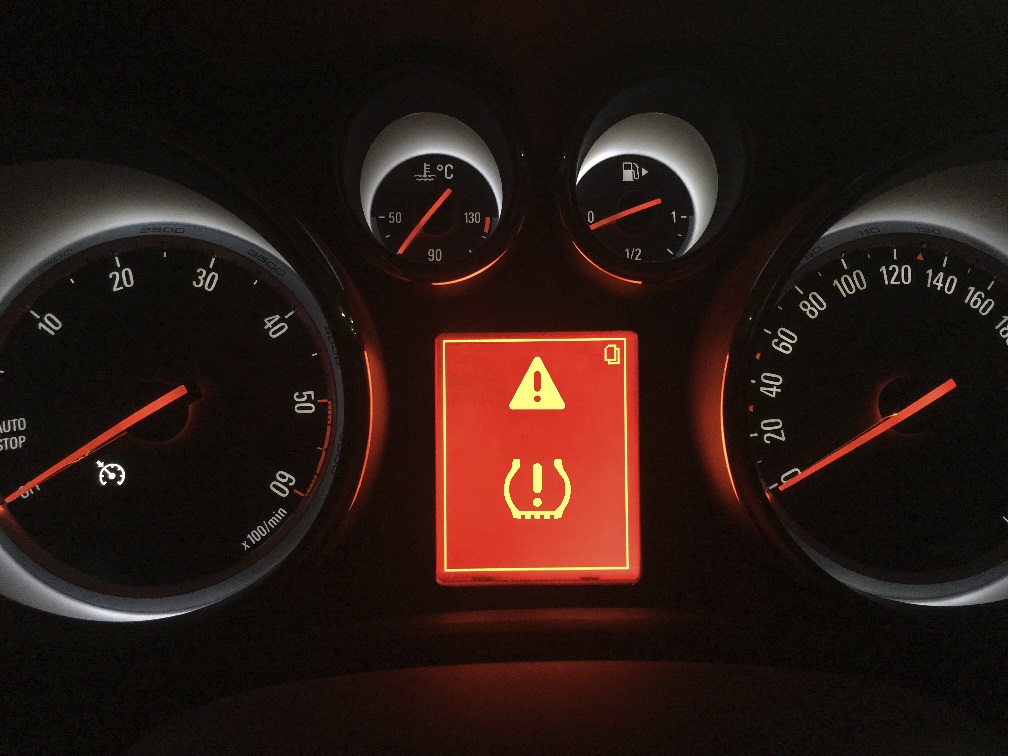
Stakeholders need greater awareness of
the limitations of autonomous vehicle
technology before it becomes available to
the public, says a new report by
SWOV.
Widespread vehicle automation is rapidly becoming a reality but vehicles can only
drive autonomously in certain conditions at present. When those
conditions are not met – for example, if a vehicle is involved in a
complex road traffic situation – the driver must take control of the
vehicle to steer it out of danger.
A simulator study carried out by SWOV found that even the best-trained
and most-experienced drivers took time to register and react to a hazard
after regaining control of their vehicle, placing themselves and other
road users at risk.
Research: Tyre-pressure-monitoring systems

Many EU drivers are at risk of driving with under-inflated tyres, according to a study
by the independent certification agency,
Dekra.
All new European passenger cars must
be fitted with a tyre-pressure-monitoring
system (TPMS) that alerts drivers when
tyres are deflated or tyre pressure is dangerously low. Systems that use
sensors to measure tyre pressure were found to be much more reliable
than those that rely on software to estimate the pressure, but many car
manufacturers choose to fit cheaper, software-based systems.
After measuring the tyre pressure of about 1,000 cars, in random checks
carried out in Italy and Portugal, Dekra found that vehicles fitted with
TPMS are safer than those without – supporting the European
Commission’s proposal that all vehicles should be fitted with the
system. However, they also found that TPMS often fail to meet their full
potential in real-life conditions, or on replacement tyres, putting the
lives at risk.


Δεν υπάρχουν σχόλια:
Δημοσίευση σχολίου